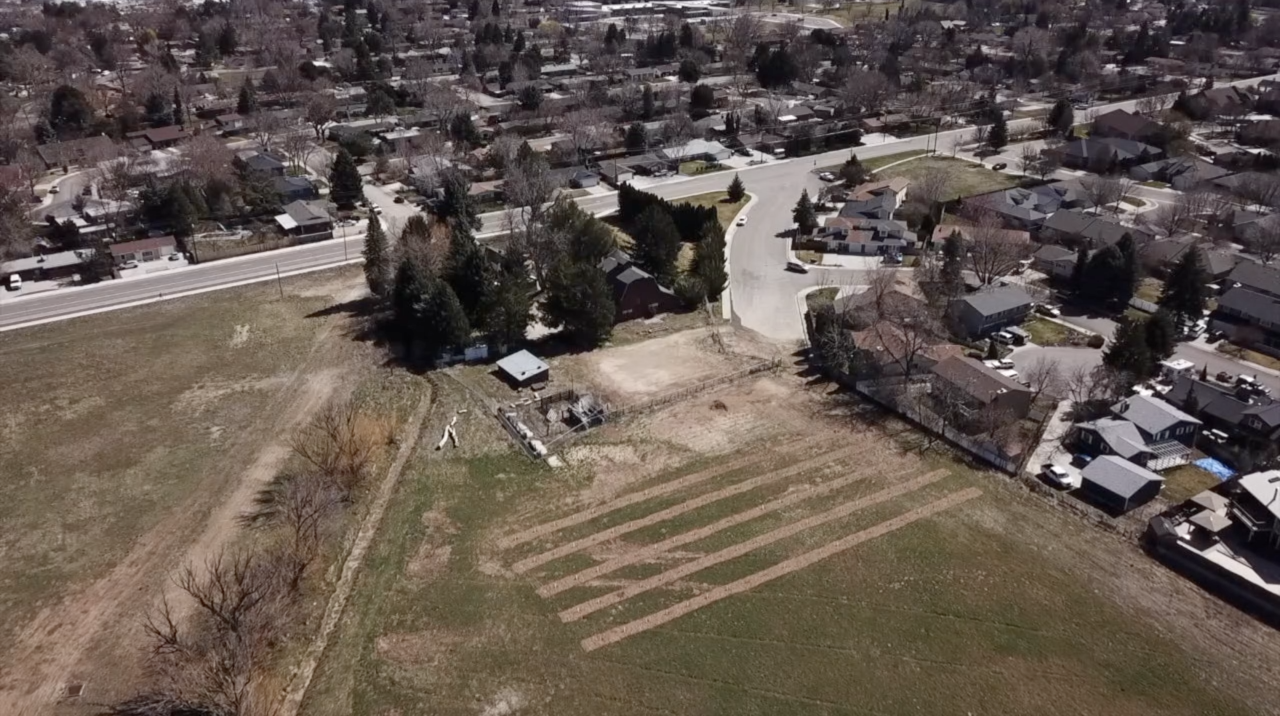BOISE, Idaho — The city of Boise is moving forward with plans to create a one-of-a-kind park in West Boise.
Spaulding Ranch sits on 20-acres of open space off Cole Road near Capital High School. It’s now surrounded by subdivisions, but in the early 1900s it was a working farm.

The city spent 20 years eyeing the property before a twist of fate and a land swap with a developer in 2015 finally put the parcel on the path to becoming a city park. Given its deep history, the future of the site will celebrate all things agriculture.
“Obviously the historical significance means a lot to us because farming practices are becoming more and more extinct in this area,” director of Boise Parks and Recreation Doug Holloway said. “At the end of the day, it’s really all about preservation. We’re preserving a 20-acre piece of ground really in the center of the city of Boise.”

It took years to develop a plan for the property. After collecting input from the community, the city has come up with a master plan that features a wildflower field, small animal farm, commercial kitchen, and functional farm.
That’s where Ariel Agenbroad, an area educator with the University of Idaho Extension, steps in. In her eyes, what’s now just an open field is full of endless opportunities.
“Can you imagine going to a city park and it’s a farm?”
Agenbroad said. “We see it as having the potential of having a three-to-five-acre living laboratory for exploration, for teaching, for research, for demonstration.”

Students, faculty, and staff from U of I will be working closely with the city, taking over farm operations.
“It’s a place to put into practice some of the things we teach in our programs,” Agenbroad said. “So actually come and learn how to build, grow, make, and take care of the soil, and plant and care for potentially even animals and crops.”
Agenbroad said researchers could even use a portion of the land to test out new and emerging crops to learn how well they grow in our area without farmers having to take on that risk.
In mid-March, city staff got started on the orchard planting 100 fruit trees that will spend the next few years maturing while the focus shifts on preparing the soil for the farm.
A lot of details still need to be worked out, but city leaders hope park visitors will be able to visit the farm and orchard, taste the crops on-site, and learn more about how goods go from the ground to the grocery store.
"It really is going to be a place where you could spend a good part of your day," Holloway said.
With the hopes of creating a commercial kitchen also comes the potential for cooking classes using ingredients grown on-site, and as those crops are harvested comes another lesson in sustainability.
“We’re looking at even growing a product that could be eventually used in our community centers for after-school snacks, for example,” Holloway said.
The master plan also outlines goals to fully restore and renovate the existing historic home, barn, and silo, creating art installations, dining and event space, and educational displays about Idaho’s agricultural history.

“Our hope is that it will be a destination for people all across the Treasure Valley and not only learn a little bit about the property but the history of turn of the century farming,” Holloway said.
But it won’t be fast or cheap. It will take millions to restore the property to its fullest potential, so just like the crops that have yet to be planted, it will take years for the project to come to fruition.



